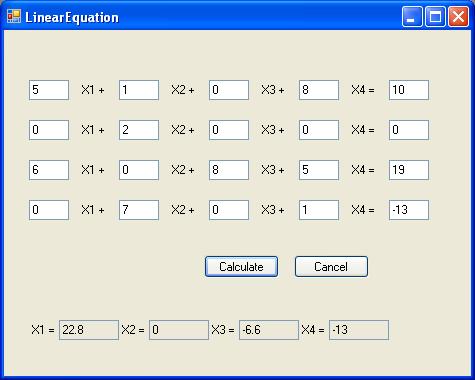Milade8080
Registered User.
- Local time
- Today, 06:02
- Joined
- Mar 6, 2014
- Messages
- 34
hi
I want to design a form in Microsoft Access below one can help me, Tank you
Form 1
Enter the number of unknowns (or equations)
then in Form 2
Enter the unknown coefficients
I want to design a form in Microsoft Access below one can help me, Tank you
Form 1
Enter the number of unknowns (or equations)
then in Form 2
Enter the unknown coefficients
Last edited:


